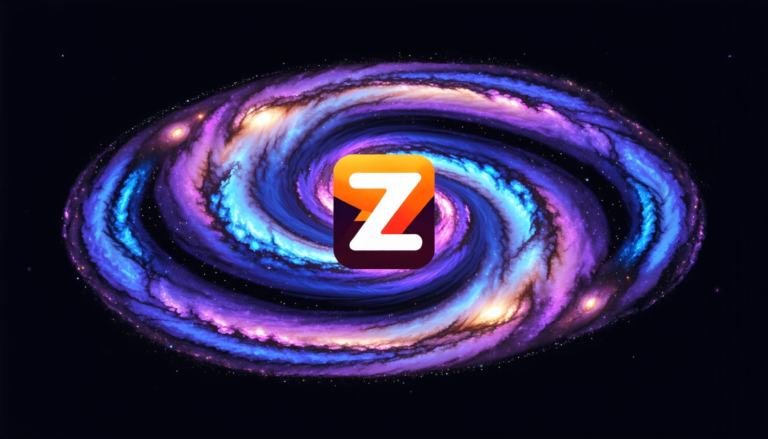Sunday 20 July 2025
The latest findings from the Atacama Cosmology Telescope (ACT) have sent shockwaves through the world of cosmology, prompting a re-examination of our understanding of the early universe. The data has revealed a significant shift in the constraints on inflationary models, leaving some theories struggling to keep pace with the new information.
One area of particular interest is the impact of radiative corrections on inflationary attractors, such as ξ-attractors and α-attractors. These models have been touted as promising alternatives to traditional Starobinsky-Higgs inflation, but their ability to conform to the latest data has been called into question.
The issue lies in the fact that these models are highly sensitive to small changes in their underlying parameters. As a result, even tiny radiative corrections can have a profound impact on their predictions, potentially shifting them out of alignment with observations.
To investigate this further, researchers have turned to simulations and theoretical calculations. By modeling the effects of radiative corrections on these attractors, they hope to gain a better understanding of how these models might fare in light of the new data.
One key finding is that even relatively small corrections can be enough to bring these models back into line with observations. This raises intriguing possibilities for inflationary theory, as it suggests that the universe may still be capable of revealing its secrets through careful analysis of the data.
The implications of this work extend beyond the realm of cosmology itself. By probing the fundamental laws of physics at the earliest moments of the universe’s existence, scientists are gaining insights into the very fabric of reality. The discovery of new phenomena or the refinement of existing theories can have far-reaching consequences for our understanding of the cosmos and its mysteries.
As researchers continue to tease out the implications of the ACT data, they are also exploring the broader landscape of inflationary theory. This includes investigating alternative models, such as multifield inflation, which may offer new avenues for explaining the early universe’s behavior.
Ultimately, the pursuit of knowledge in this field is driven by a desire to unravel the secrets of the cosmos and to better comprehend our place within it.
Cite this article: “Challenging Inflationary Theories with ACT Data”, The Science Archive, 2025.
Atacama Cosmology Telescope, Inflationary Models, Radiative Corrections, Ξ-Attractors, Α-Attractors, Starobinsky-Higgs Inflation, Cosmology, Multifield Inflation, Early Universe, Fundamental Laws Of Physics
Reference: William J. Wolf, “Inflationary attractors and radiative corrections in light of ACT” (2025).







